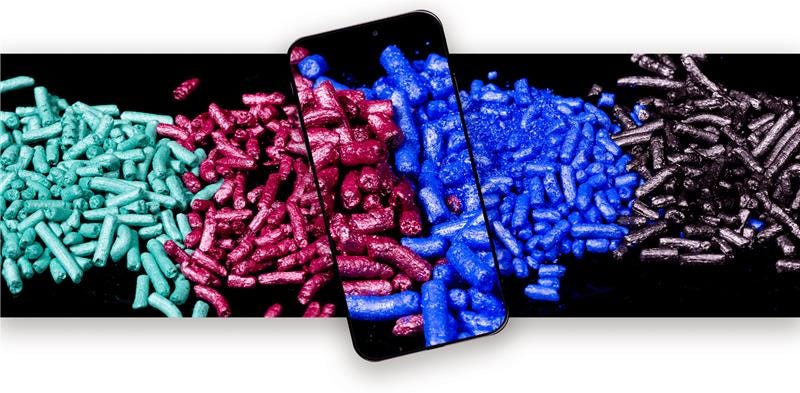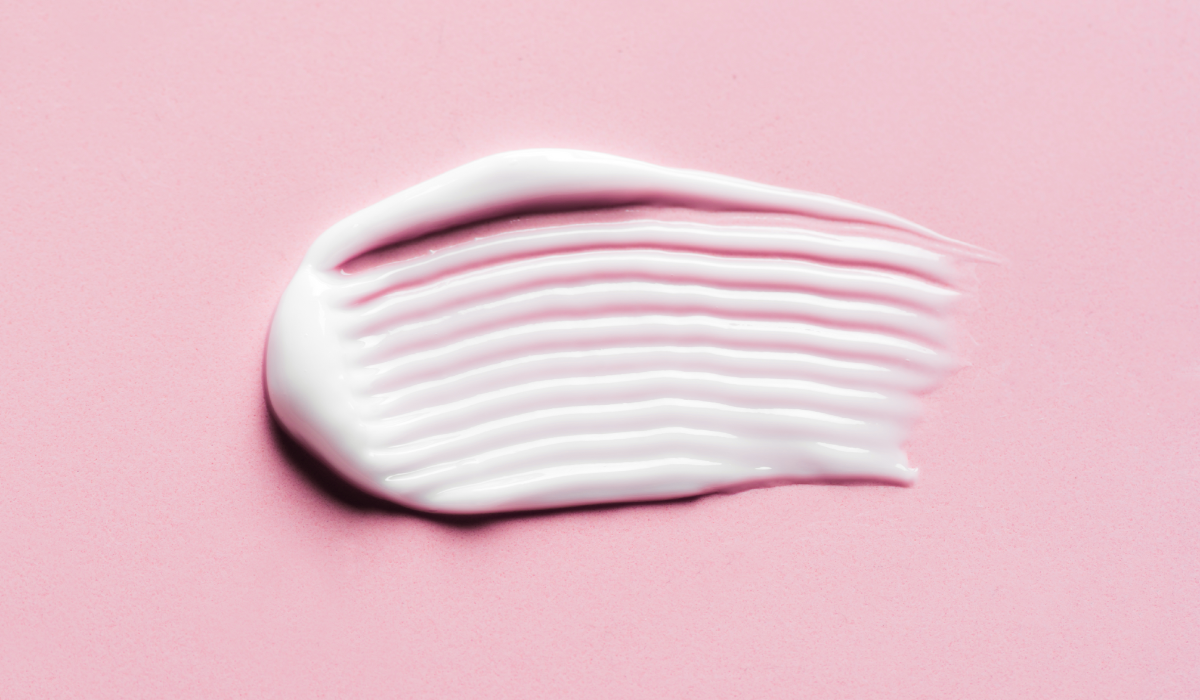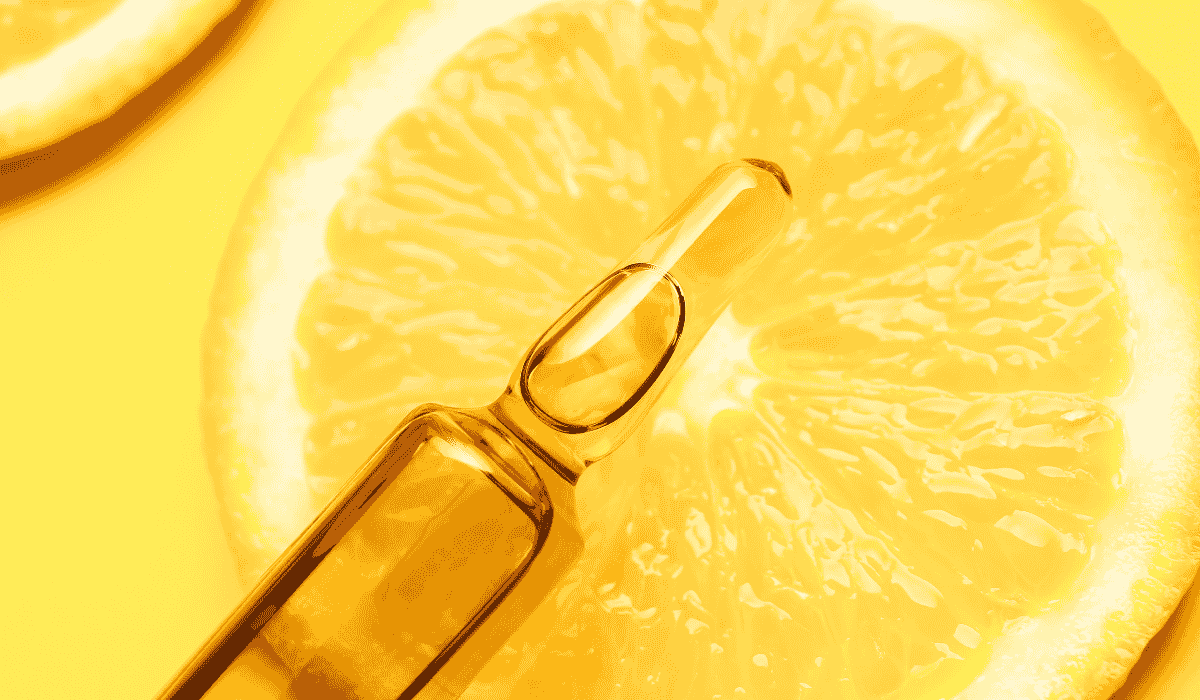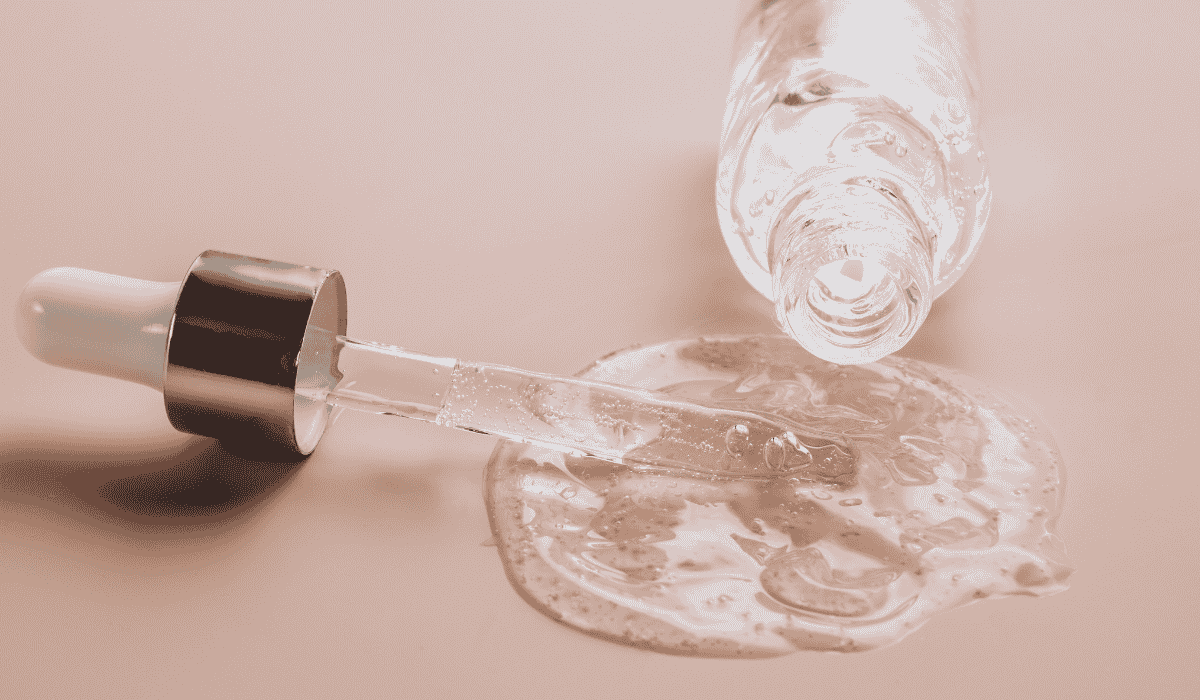Top Ingredients to Remove Dark Spots and Brighten Skin
Dark spots—also known as hyperpigmentation—are one of the most common skin concerns faced by consumers today. Whether triggered by sun exposure, post-inflammatory pigmentation from acne, or hormonal fluctuations like melasma, these discolorations can affect skin tone and confidence. As a formulator, understanding the root causes of hyperpigmentation is key to selecting effective, safe, and stable ingredients that meet your customers’ needs.
Not all dark spot treatments are created equal. The right ingredients can help interrupt melanin production, promote cell turnover, and calm inflammation—each a vital mechanism in addressing uneven skin tone. In this guide, we break down the top ingredients to remove dark spots and help you formulate brightening skincare solutions that deliver visible results.
Understanding Dark Spots and Hyperpigmentation
Hyperpigmentation occurs when excess melanin—your skin’s natural pigment—is produced in certain areas, leading to darkened patches. Common types include post-inflammatory hyperpigmentation (PIH) from acne or irritation, sun spots from prolonged UV exposure, and melasma, often triggered by hormonal changes.
For formulators, the key to creating effective treatments lies in targeting these root causes. Ingredients that help lighten dark spots typically work by either inhibiting tyrosinase (the enzyme involved in melanin production), encouraging gentle exfoliation and cell renewal, or calming inflammation that can lead to pigmentation.
Choosing the right skin tone evening actives involves more than efficacy. You must also consider formulation compatibility, skin sensitivity, and long-term safety.
Best Ingredients for Hyperpigmentation in Formulation
When it comes to addressing dark spots in skincare, not all actives are equally effective—or equally tolerated. Below are some of the most researched and widely used ingredients in formulations designed to lighten hyperpigmentation, even skin tone, and restore radiance. Each one works through a different mechanism, giving formulators multiple pathways to create targeted, effective treatments.
Tranexamic Acid
Originally used to reduce inflammation and blood clotting, Tranexamic Acid has emerged as a standout for treating melasma and stubborn pigmentation. It works by blocking the interaction between melanocytes and keratinocytes, helping reduce melanin production and inflammation. It's effective at low concentrations and pairs well with other brightening actives.
Niacinamide
This multi-functional vitamin B3 derivative is a formulator favorite for good reason. It not only helps reduce the appearance of dark spots by inhibiting melanosome transfer but also supports skin barrier repair and reduces redness. It’s highly stable, water-soluble, and plays well in both serums and creams.
Vitamin C (Ascorbic Acid and Derivatives)
Vitamin C is a powerful antioxidant that helps neutralize free radicals, boost collagen, and inhibit melanin synthesis. While L-ascorbic acid is potent but unstable, derivatives like Ascorbyl Glucoside and Magnesium Ascorbyl Phosphate offer better shelf-life and easier formulation in water-based products.
Licorice Root Extract
Known for its soothing and brightening properties, licorice root contains glabridin, which helps inhibit pigmentation without affecting normal skin tone. It’s ideal for formulations aimed at sensitive skin and can be used in both rinse-off and leave-on products.
How to Formulate with Brightening Skincare Ingredients
Incorporating brightening actives into a formulation isn’t just about choosing the right ingredient, it’s about ensuring they remain stable, effective, and compatible with the rest of your formula. Whether you’re working with synthetic actives or natural ingredients for dark spots, careful formulation is essential for product performance and user satisfaction.
Solubility and Stability Considerations
Some brightening ingredients, like L-ascorbic acid and kojic acid, are notoriously unstable in water-based systems and sensitive to light or pH shifts. Using stabilized derivatives or anhydrous bases can improve longevity. Others, like niacinamide and alpha arbutin, are more water-friendly and easier to work into emulsions or serums.
Recommended Use Levels and pH Ranges
Each ingredient has an optimal concentration range. For example:
- Tranexamic acid: 2–5%
- Niacinamide: 2–6%
- Vitamin C derivatives: 0.5–5% depending on type
Maintaining an ideal pH—usually between 4.5 and 6 for most brightening actives—ensures efficacy and minimizes irritation.
Synergistic Pairings
Combining actives like niacinamide and tranexamic acid or vitamin C and alpha arbutin can enhance efficacy without increasing irritation. Just be mindful of their individual solubility and pH needs. Incorporating antioxidants, humectants, or soothing agents (e.g., panthenol or licorice extract) can help round out the formula.
Formulating for Sensitive Skin
When targeting dark spots, you’re often also working with compromised or inflamed skin. Choose gentle delivery systems and avoid high concentrations of exfoliants unless you're designing a product specifically for short-contact use (e.g., masks or peels).
SPF Compatibility
No brightening routine is complete without daily sun protection. Encourage pairing your formulas with SPF, or consider SPF-compatible actives for dual-function formulations, especially in daytime serums or moisturizers.
Sample Formulations Featuring Dark Spot Removers
Need inspiration for your next formulation? Below are a few example concepts that incorporate some of the most effective ingredients to remove dark spots. Each formula is designed to deliver brightening benefits while supporting overall skin health and compatibility.
- Boing Bounce Cream
- Bright and Refresh Essence Mist
- Bronze Goddess Radiance Elixir
- Even Out TXA lotion
- Golden Goddess Radiance Elixir
- Booty Beauty Balm









